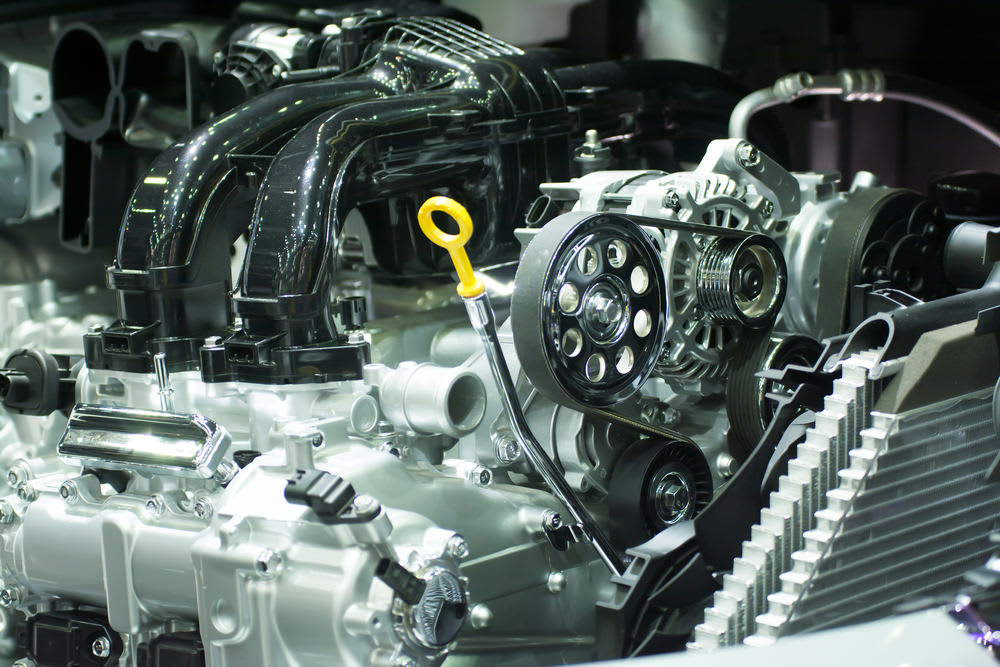

Engine displacement is the combined swept volume of the pistons inside the cylinders of an engine. It is calculated from the bore (diameter of the cylinders), stroke (distance the piston travels), and number of cylinders. Displacement is an important factor, as it has a direct impact on an engine’s power output, fuel efficiency, and in some countries, how a vehicle is taxed.
The pistons inside an engine move in a reciprocating motion, that is, up and down within the cylinder, as the crankshaft rotates. The volume inside one cylinder changes as the piston moves through the combustion cycle. Simultaneously, the other cylinders change volume as their pistons move through other phases of the combustion cycle. So while volume of individual cylinders change as they reciprocate, total engine volume remains constant.
How engine displacement is calculated
The equation for calculating displacement is: Engine displacement = π/4 * bore² * stroke * number of cylinders. Displacement is usually measured in liters (L), cubic centimeters (CC), or cubic inches (CI).
Why engine displacement matters
Engine displacement is a determining factor in the horsepower and torque that an engine produces, as well as how much fuel that engine consumes. Generally speaking, the higher an engine’s displacement the more power it can create, while the lower the displacement the less fuel it can consume. This is because displacement has a direct impact on how much fuel must be drawn into a cylinder to create power and maintain engine operation. A high-displacement engine draws in more of the air/fuel mixture per revolution; therefore more fuel is consumed. Other factors play into how powerful or efficient an engine is, such as fuel delivery, ignition systems, valvetrain layout, and forced induction, but in the simplest terms a bigger engine will be more powerful, and a smaller engine will be more efficient.
In some countries vehicles are taxed based on engine displacement. This is not the case in the United States, however generally speaking higher-displacement engines are more costly, as they are more resource and labor intensive to design and manufacture.
In today’s automotive market there is a huge range of engine displacements available, from fuel-sipping two liter four-cylinders to powerful V8 and V12 engines with over six liters of displacement. What displacement is right for you depends on your priorities. If you’re looking for a simple commuter car, a low-displacement engine can provide great fuel economy (also keep in mind that low-displacement engines usually have fewer cylinders, meaning fewer parts to replace if there’s a problem). If speed is what you seek, a high-displacement engine will likely create enough power to keep you satisfied (although with forced induction, automakers can squeeze extra power out of smaller engines). Ultimately it’s best to take a test drive when you’re interested in a new car, so you can get a good feel for how it behaves on the road. Displacement is far from the only thing to consider.



